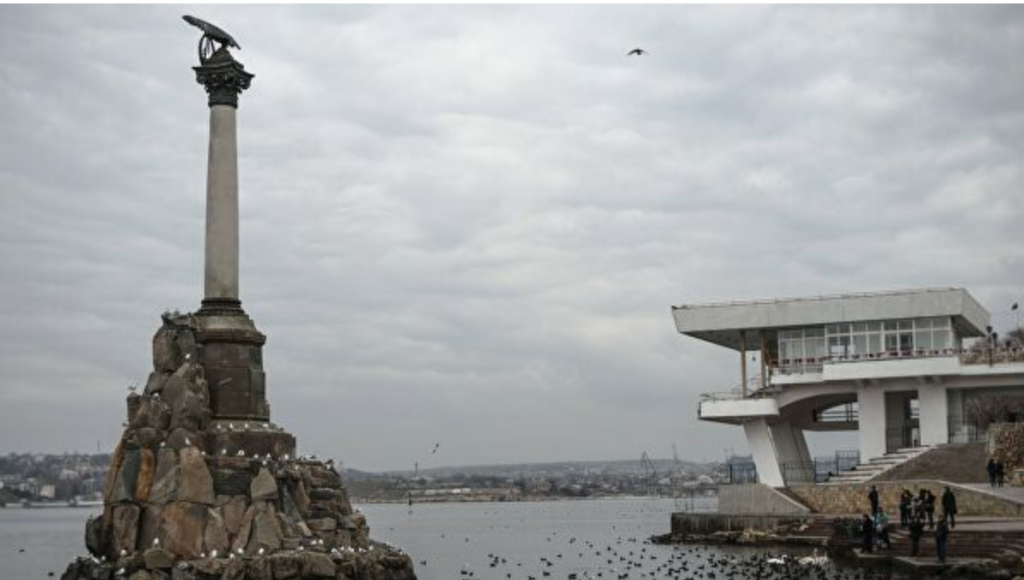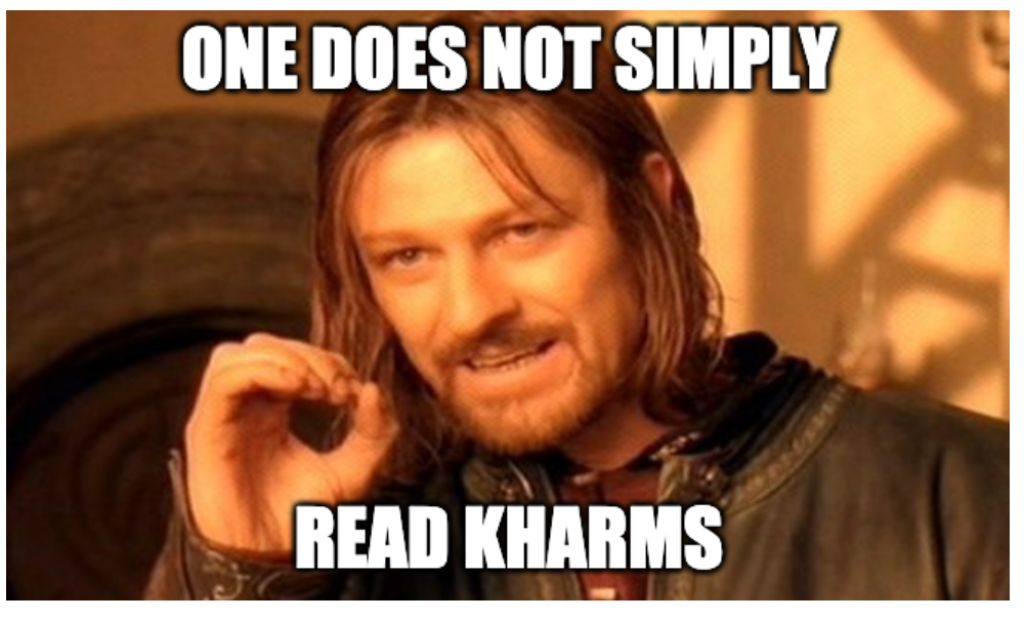Above: A still from Crimea. The Way Back Home, a documentary film that aired on Russia 1 in 2015.
Anastasia Kriachko Roeren is a PhD Candidate in Area Studies at the University of Oslo. This post draws on a forthcoming publication in an edited volume on Russian documentaries as well as on Roeren's doctoral thesis.
Don't worry, I watched them all for you — 672 episodes or 329 documentary films. I did so because TV documentaries matter for understanding the Russian reality they reflect, the cultural memory they activate, and the Russian people who appear onscreen as well as those in the audience.
Documentary films created for TV broadcasting have been avoided, highly criticized, or even denigrated by scholars and documentarians since the invention of television. As the Russian political climate has worsened over the course of the past few decades, so too have attitudes towards these documentary films. Documentarians and other Russian media and cinema professionals have tarred them as "pseudo-documentaries," "propaganda documentaries," or "format production" — in other words, films made to order at the government's behest. These designations are meant to contrast with arthouse and festival documentary films, that is, "real" documentaries.
I do not believe in such a dichotomy. And while I personally prefer arthouse documentaries to their television counterparts, I was curious to learn what these TV-documented realities tell us about the Russian national narrative. To find out, I watched a large number of documentaries broadcast during between 2012 and 2018 on five state TV channels: Channel One, Russia 1, NTV, TV Center and OTR.
What I found is that all of these channels had indeed established a loosely similar format for their TV documentaries. Almost every film is dubbed with the same voiceover and accompanied by a narrative presented by "experts" meant to lend greater credibility to the stories being told. Filmmakers have a proprietary "list of experts" with its own internal hierarchy. When the top picks — famous, credible, authoritative personalities — are unavailable, filmmakers simply work their way down the roster. The worst situation I encountered was an expert with a fake name and fake professional title who turned out to be an employee of the film production company. By happenstance, I recognized this person as my former university classmate.
Though the documentaries vary in content and specifics, their formats include several recurring types of features. First, the narrative of a typical TV-documentary is visualized through interviews, reenactments, and archival material. This material is often identical across films, seamlessly migrating from one documentary and federal TV channel to the next.
Another notable element that distinguishes recent TV documentaries from earlier films of the same type, and certainly from festival documentaries, is their length. While TV standards are 26, 39, 44, and 52 minutes, there are several much longer films, including some that clock in at almost 2.5 hours. Among these are Crimea. The Way Back Home [Krym. Put’ na Rodinu] (2015), Berezovsky (2012), and The Polar Prize [Polyarny priz] (2013), all of which aired on Russia 1. This length difference is notable because of television's usually stringent constraints: schedules, carefully arranged time-slots, ratings, and the price of on-air time.
Third, there is a tendency either to prominently display the filmmaker's name, or, conversely, avoid mentioning it altogether. Filmmakers in the first category, which includes Kondrashov, Soloviev, Medvedev, Brilev, are known for supporting the political agenda of the state authorities. The stature of their journalists affords films bearing their names the imprimatur of "real" documentaries, even when they function to promote the state's interests. The "unmentionables" of the second category, meanwhile, are consigned to anonymity, their names scrubbed from credits altogether or edited to make them impossible to read. The absence of their names signals that these filmmakers either do not matter or do not wish to be known.
My research uncovers several "identity markers" that underscore themes of nationhood in TV documentaries: Leader and Nation, War and Peace, The Land, Science, Technology and Economics, The Orthodox Church and Faith, History: Nostalgia and Memories, Crimea and ‘Who are We Russians?’ These identity markers act to delineate the rather nebulous and intangible idea of "the nation." Banal, everyday nationalism provides a theoretical framework for analyzing TV documentaries and the meaning they hold for viewers. Considered in their totality, these documentaries become a meeting point for official and personal definitions of national identity. It is clear that filmmakers and media outlets consider their audience’s interests when producing these documentaries, but only to a point: viewers can select from a huge number of films, but have much less choice when it comes to content, style, or tone.
Take one of the more prominent "identity markers" from my list, Leader and Nation. The marker encompasses images and ideas that vary from the easily visible and recognizable (as in the more "sensational" films about Vladimir Putin) to the subtle and understated (as in films dedicated to technological or agricultural success). Documentaries thus present the image of the president as a representation of the nation and a source of pride: pride for the leader of the country, for his popularity in Russia and beyond, for his strength and guarantees of security and stability in the future.
Between 2012 and 2018, films about religion, like The Valaam (Russia 1, 2018); education and history, like The “Turnkey” Revolution [Revolutsiya 'pod kliuch'] (NTV, 2016); or agriculture, like Russia in the First Person. Agroindustrial Complex [Rossiya ot pervogo litsa. Agropromishlenny kompleks] (Russia 1, 2012) all incorporated Putin's image in both expected and unexpected ways. By the genre's very nature, TV documentaries seem to open Putin's personality to people, presenting him as a strong, serious leader who is, at the same time, an ordinary person, "one of us." Putin embodies different roles in the documentaries dedicated to his person: the father of the nation; the boy from the kommunalka; the expert sportsman, sincere believer, and powerful politician; the role model for younger generations; and the loving son.
Narratives about the president bring to bear a whole nation's worth of cultural memory: wars, childhood poverty, loss of parents, happy youth, the freedom to believe in God, the complex history of the Orthodox Church in Russia, and the "wild 1990s." At the same time, his personality is kept private, with a few minor exceptions, like photos from his family album, as well as friends and members of his inner circle telling stories about him.
These films were among the most popular among TV documentaries airing between 2012 and 2018. While skepticism about the films' quality may be warranted, their impact is undeniable — witness the millions of views they received on streaming platforms.
[gallery columns="2" ids="7352,7351"]
Stills from Putin (Kondrashov, A., Russia 1, 2018)
TV documentaries might be losing the battle with "real" documentaries for festival raves or critical attention, especially in the realms of aesthetics or the inclusion of multiple perspectives. Yet as my research shows, they are crucial for parsing the complex political reality and cultural memory in Russia today.



